Battery life is an important factor for photographers who rely on their equipment to capture unique movements in the world of digital photography. Canon, a camera industry leader, has constantly strived to provide cameras that balance performance and lifespan.
The Canon 80D and 70D are parts of Canon’s enthusiast-oriented APS-C DSLR Portfolio, which is aimed at photographers ranging from amateurs to semi-professionals. While these cameras have many things in common, battery life may have a big influence on a photographer’s shooting experience.
In this article, we will compare the battery life of two popular models: the Canon 80D vs 70D.
Battery Life Comparison: Canon 80D vs Canon 70D
Rechargeable lithium-ion batteries power both the Canon 80D and 70D. The Canon LP-E6N battery pack is utilized in both cameras, supplying them with the power they require to function properly.
While the battery type is the same, the actual battery life might differ depending on factors such as usage habits, settings, and ambient conditions.
Battery Life: Canon 70D
The Canon 70D is powered by an LP-E6N battery, which provides adequate battery life, given its age and features. Under CIPA, which stands for Camera and Imaging Products Association testing standards, the Canon 70D can capture around 9:20 photos on a full charge. This is a respectable performance that can get you through a whole day of shooting without needing to swap batteries frequently.
The camera’s energy-efficient architecture, as well as the lack of power-hungry technologies like body image stabilization, contribute to its long battery life. The Canon 70D’s battery performance is commendable for photographers who only shoot on occasion or want to carry fewer replacement batteries.
Battery Life: Canon 80D
The Canon 80D, being a more contemporary model, benefits from technological and energy efficiency enhancements. It also makes use of the LP-E6N battery as the Canon 70D.
The Canon 80D, on the other hand, has a longer battery life because Of advancements in sensor architecture, image processing, and power management.
According to CIPA testing, the Canon 80D can take around 960 photos on a single charge of the LP-E6N battery. This is a little but notable gain over the battery life of the Canon 70D.
The ability of the Canon 80D to get a few extra pictures out of the same battery pack might be useful, especially during long shooting sessions or while traveling without convenient access to charging facilities.
Factors Affecting Battery Life
While the CIPA ratings give us a standardized benchmark for comparing battery life, it is crucial to remember that real-world usage might vary depending on various factors:
- Shooting mode: Different shooting modes, for example, live (view versus viewfinder) and functionalities (for example, image stabilization, continuous focusing), might influence battery usage.
- Screen usage: Excessive use of the rear LCD screen for preparing photos, reviewing photographs, and navigating menus might cause the battery to deplete quickly.
- Temperature: The ambient temperature might impact battery life, with colder conditions potentially lowering performance.
- Wireless connectivity: enabling wireless technologies such as Wi-Fi and NFC for distance shooting and picture transmission might waste more battery.
- Image stabilization: Image stabilization, whether in body or lens-based, can lead to greater power consumption.
Tips to Maximize Battery Life
Consider applying the following tactics to get the most out of your Canon 80D or Canon 70D battery:
- Use the viewfinder: Using the optical viewfinder instead of the live view might help you save battery life.
- Manage Screen Time: Use the rear LCD screen as little as possible and lower the screen brightness to a suitable level.
- Turn off Wi-Fi and NFC: To save excessive power consumption, disable wireless functions while not in use.
- Optimize Autofocus Setting: Adjust autofocus settings to reduce frequent refocusing and conserve energy.
Conclusion
For photographers who rely on their equipment to achieve the ideal image, battery life is an important factor. The Canon 80D and Canon 70D, both with LP-E6N battery packs, have outstanding performance that can accommodate a wide range of shooting circumstances.
While the Canon 80D benefits from advances in energy economy and technology, the Canon 70D remains a trustworthy alternative thanks to acceptable battery life.
When deciding between these two models, photographers should consider their shooting demands and preferences. If prolonged battery life is important, the Canon 80D’s little edge may swim the choice.
However, for those who find the Canon 70D’s battery life enough for their regular shooting sessions, it remains capable and affordable. Finally, both cameras highlight Canon’s dedication to delivering solutions that enable photographs without being limited by battery life.
Photographers can get the most out of their Canon 80D or Canon 70D by knowing the elements that impact battery life and applying innovative use practices.
Frequently Asked Questions
Can These Cameras Be Used with 3rd Party Batteries?
While third-party batteries can be used, it is preferable to use original Canon batteries or reputed third batteries that are compatible with the LP-E6 or LP-E6N requirements. Using low-quality or unsuitable batteries may result in diminished performance, compatibility concerns, or even camera damage.
What is the Average Battery Duration While Capturing Video?
When recording a video, battery life is often less than when taking stills, especially in live-view mode. Both the Canon 70D and the Canon 80D have outstanding video capabilities, but it is best to have backup batteries or an alternative power source on hand for extended video recording sessions.
Are There Any Additional Accessories Available to Improve Battery Life?
The Canon 70D and Canon 80D are both compatible with optional battery grips. These grips allow you to connect additional batteries, thus doubling the camera’s power light. Portable power banks or external battery packs can also be attached to the camera’s USB connection to give additional power for longer sessions or video recording.

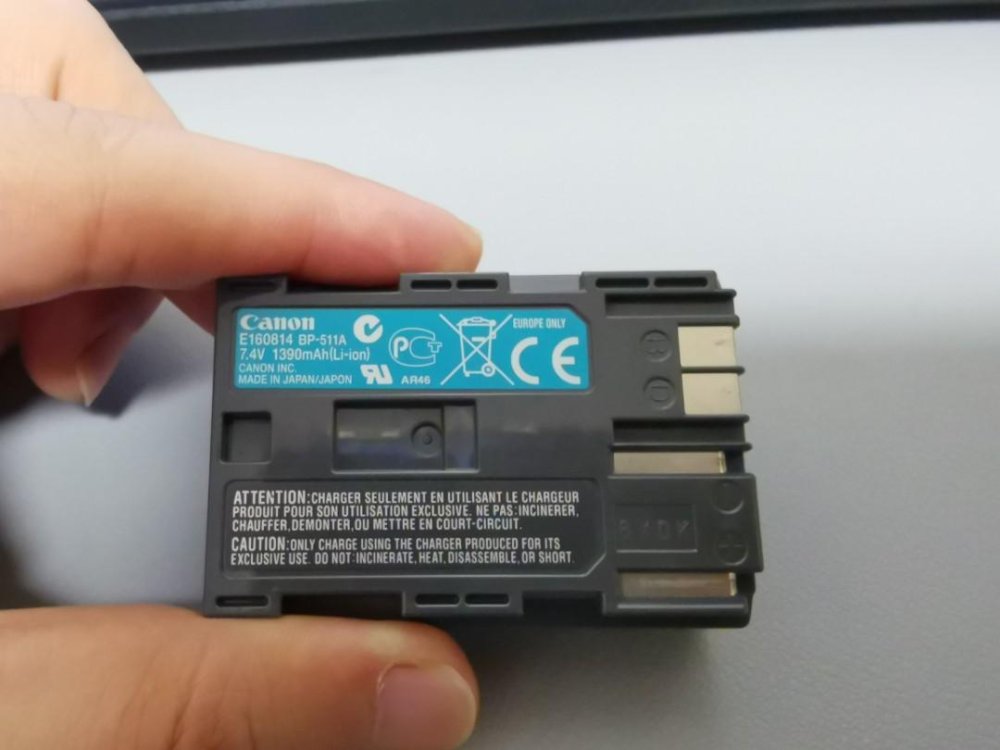
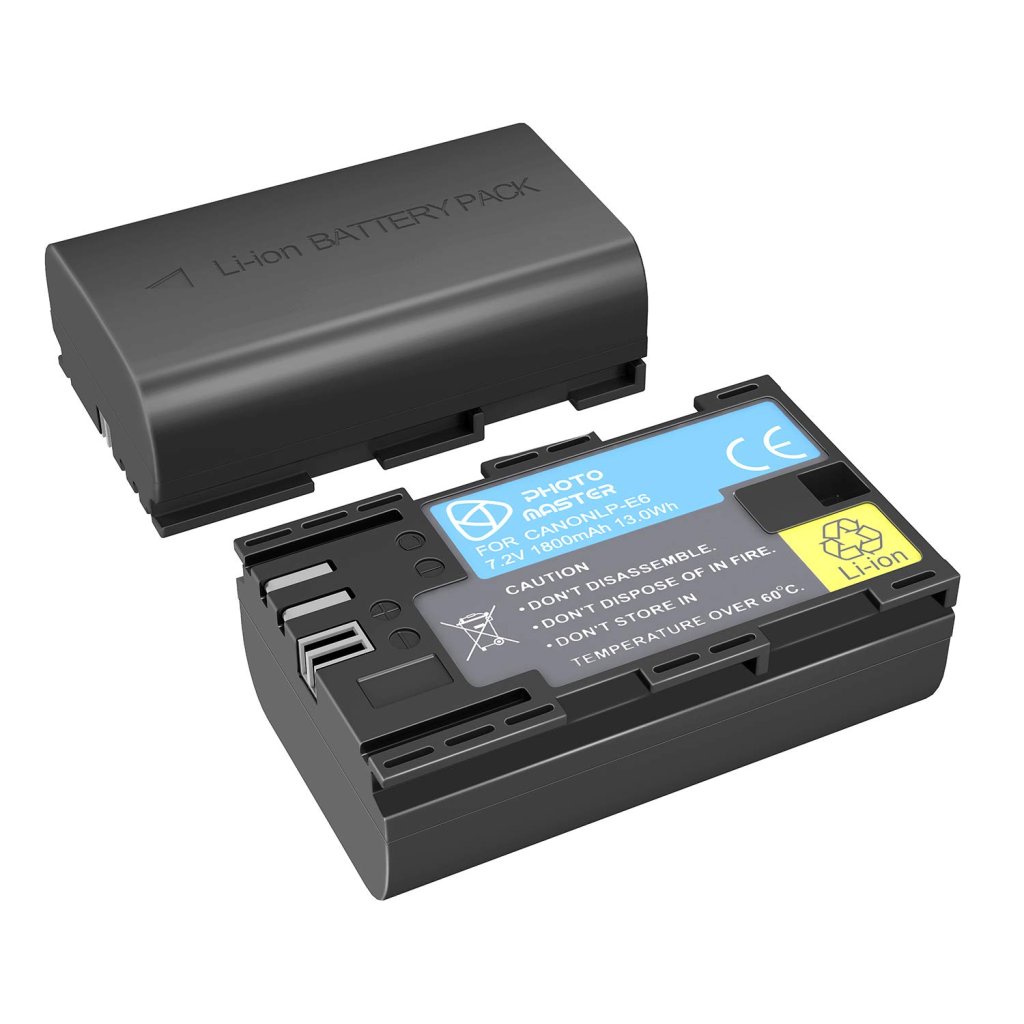

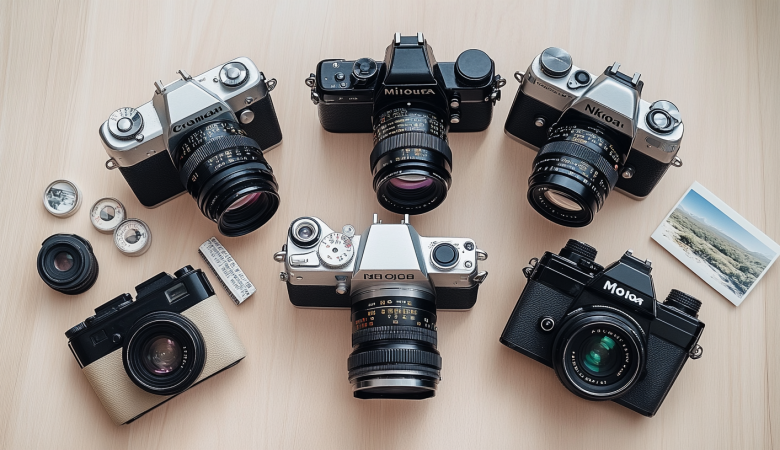
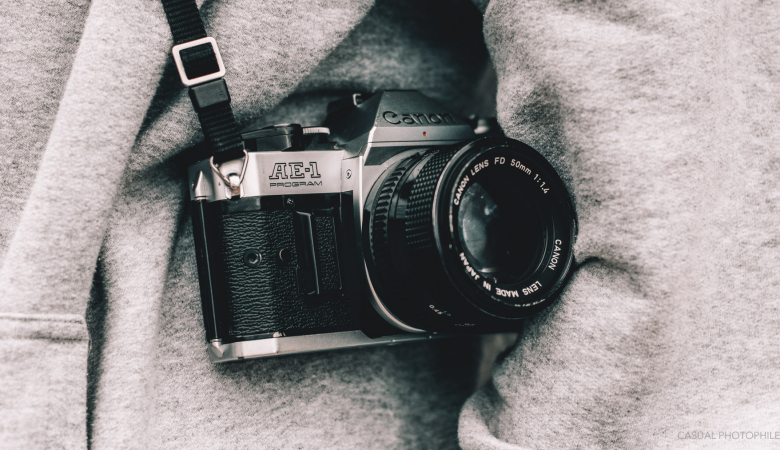
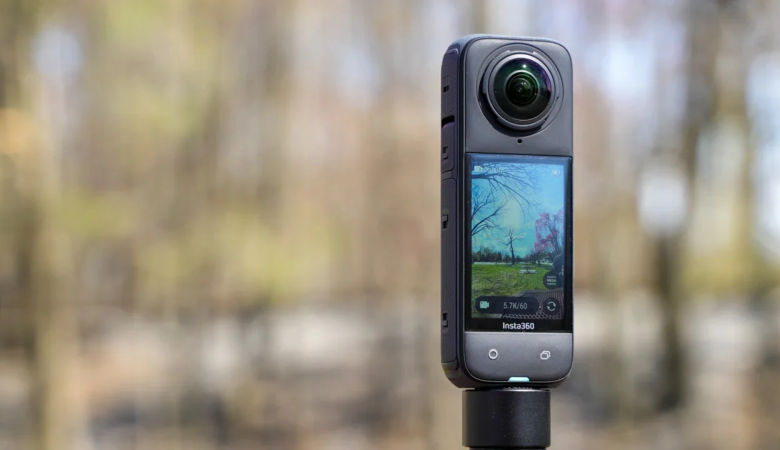
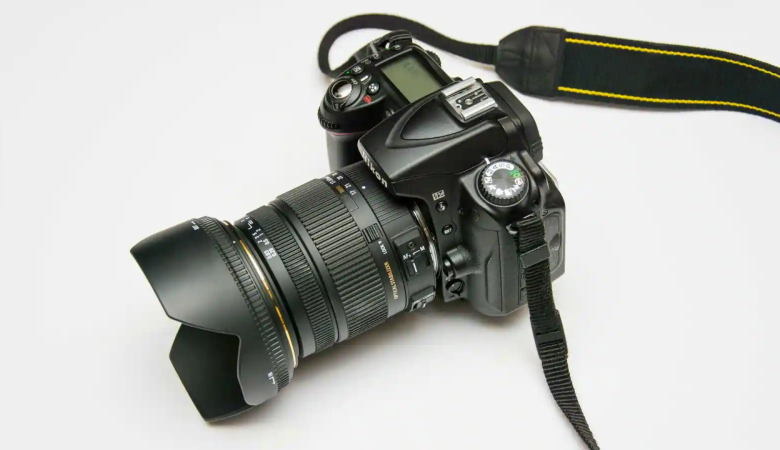
Leave a Reply